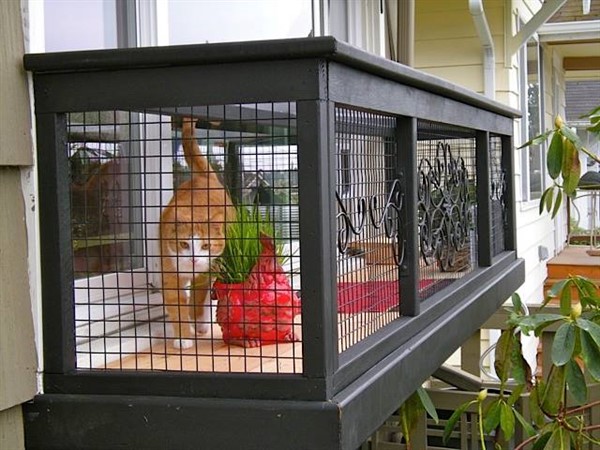Known as airplane plant and spider ivy, Spider Plant decorates mostly indoors due to its stunning look. Even though it originally inhabits the tropic regions of Africa, this easy-to-grow plant whose plenty of varieties has already reached far-flung corners of the world. Also, its scientific name is Chlorophytum Comosum. What’s more, the ivy-like plant features its natural air-filtering system just like Delta Maidenhair Fern to remove airborne toxins.

General Information
Spider Plant typically has tuberous roots, a lot of hanging spider-like plant pups, and downward-looking variegated striped foliage. As for its flowering, it blooms white at the tips of the plant’s stems. Except for winter, it blossoms in the other seasons in general. Unlike Corn Plant, this houseplant is a fast-growing one. Also, it is a resistant and forgiving plant just like Cast Iron Plant. Besides, this easy-to-grow plant is perennial in terms of its life cycle. And, its length can reach up to 2 ft (60 cm). What’s more, it is completely safe for pets. So they are free to wander around comfortably.

How to Care for Chlorophytum Comosum
Sunlight: The intense sunlight scorches leaves. So, Chlorophytum Comosum prefers the location getting diffused sunlight. For example, spaces around the window, behind the curtain could be proper. Also, this durable plant can tolerate low light conditions.
Watering: These plants need their soil kept moist. If the top two inches of soil is dry, it is necessary to water it thoroughly. So weekly watering will suffice. But mind the soil shouldn’t be too soggy. Usually, this houseplant grows less in winter which is why it needs sparingly water in these times.
Humidity: Due to being a tropic plant, this plant thrives better in high humidity. But moderate humidity is also enough. To increase the amount of humidity, there are electronic humidifiers, wet pebble trays, water sprays, respectively. However, what is the most suitable for this houseplant is moss poles. These helpful means keep the plant both humid and manageable.
Temperature: The range 60°F (15.5°C) – 80°F (26.5°C) is optimal for this houseplant. But the downwards of 50°F (10°C) temperatures may give harm to it. Also, sudden weather fluctuations and drafts have a negative effect on this palm-like plant. However, according to the USDA plant hardiness map, This spider-like plant grows better in zones 9-11.
Soil Type: This houseplant isn’t picky. For that reason, any potting mixes would be useful. Also, some soil components like perlite, worm casting, peat, and so on could be added later.
Fertilizer: Water-soluble fertilizers diluted to half strength would work. So applying twice a month will be more effective in its growing season. In winter, fertilizers don’t work much in general.
Propagation: For this houseplant, cut baby spiders from the mother plant. How you emerge the roots, is completely up to you. So plant it in a pot, put it in a tray with the moist cotton, or put it in a little bottle filled with water. After a while, it starts rooting.
Repotting: Due to a fast-growing plant, repot it yearly in spring. As a general rule, before repotting, water it a day before. The ideal pots and stands are hanging basket planters, hanging plant shelf, and so forth.

Common Problems
Water stress: Chloride and fluoride in the water create stress to Spider Plant. Because the water grid of the city contains plenty of chemical components. Specifically, tap water causes this problem in general.
Sunburns: Direct sunlight gives rise to sunburn on plants. Brown leaf tips and edges manifest this problem obviously.
Pest Infestation: Mealybugs, scales, aphids, mites, and other little harmful creatures give the plant serious damage.
Suggestions for problems: First of all, you should use purified water and bottled water for water stress. Sunburn is brown parts on the leaf. Cut them and go on the plant’s routine care. On the other hand, pest infestation devastates the plant. Treating the plant early is important in these situations. To deal with pest infestation, you can use neem oils and alcohol-based wipes.



























